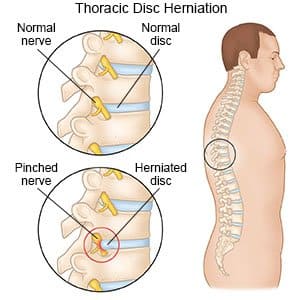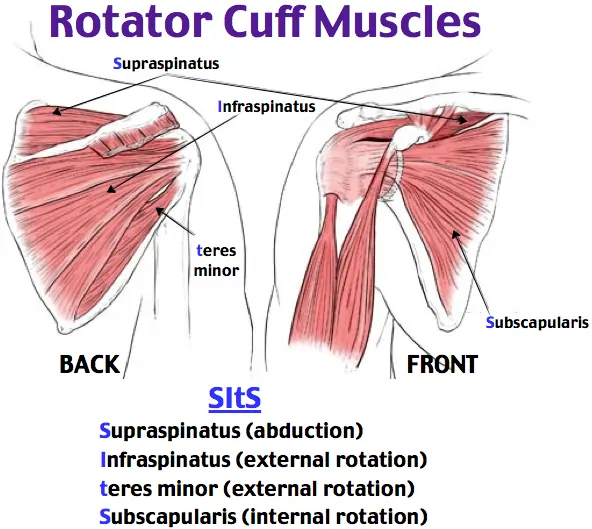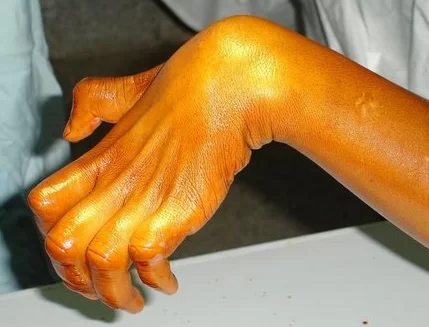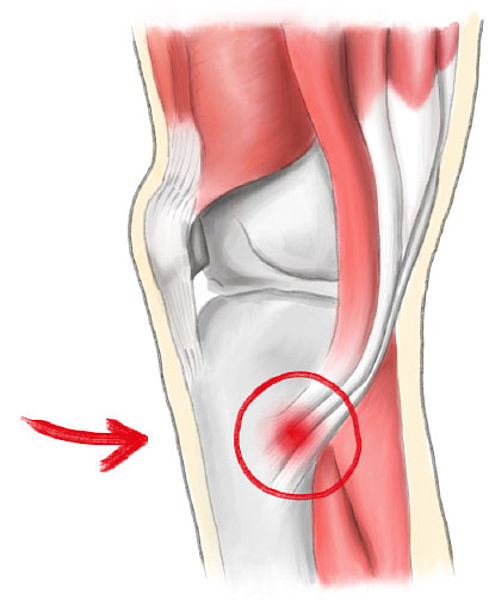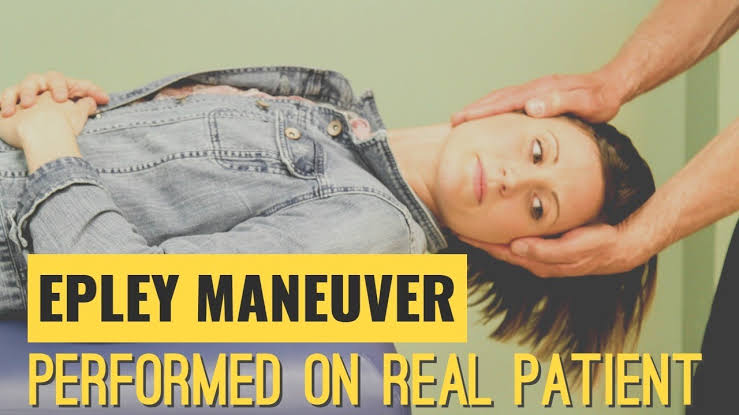THORACIC DISC SYNDROME: Physiotherapy Treatment
What is thoracic degenerative disc disease ? Thoracic degenerative disc disease (TDDD) is a condition that causes the discs between the vertebrae in the upper part of the spine to wear out. It can cause pain, numbness, and other symptoms that affect movement. Thoracic degenerative disc disease is one of several types of degenerative disc…

